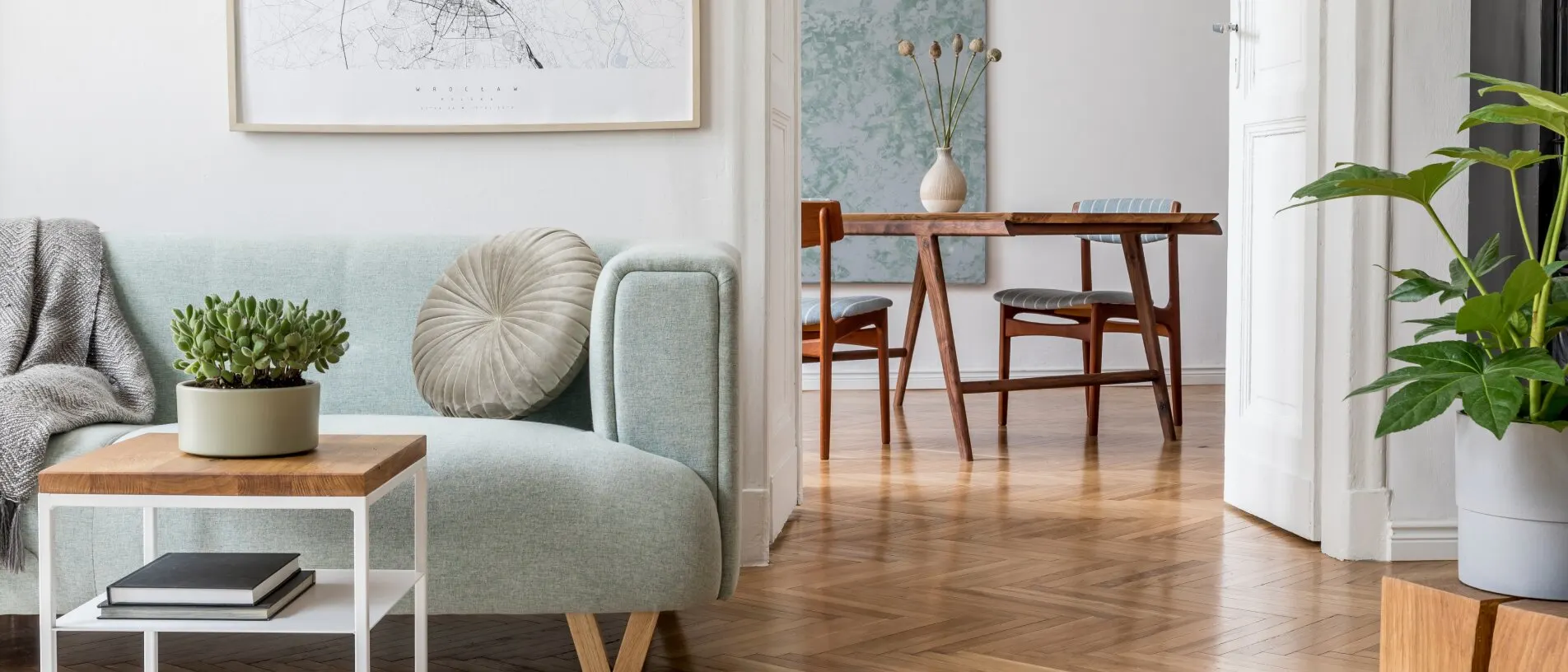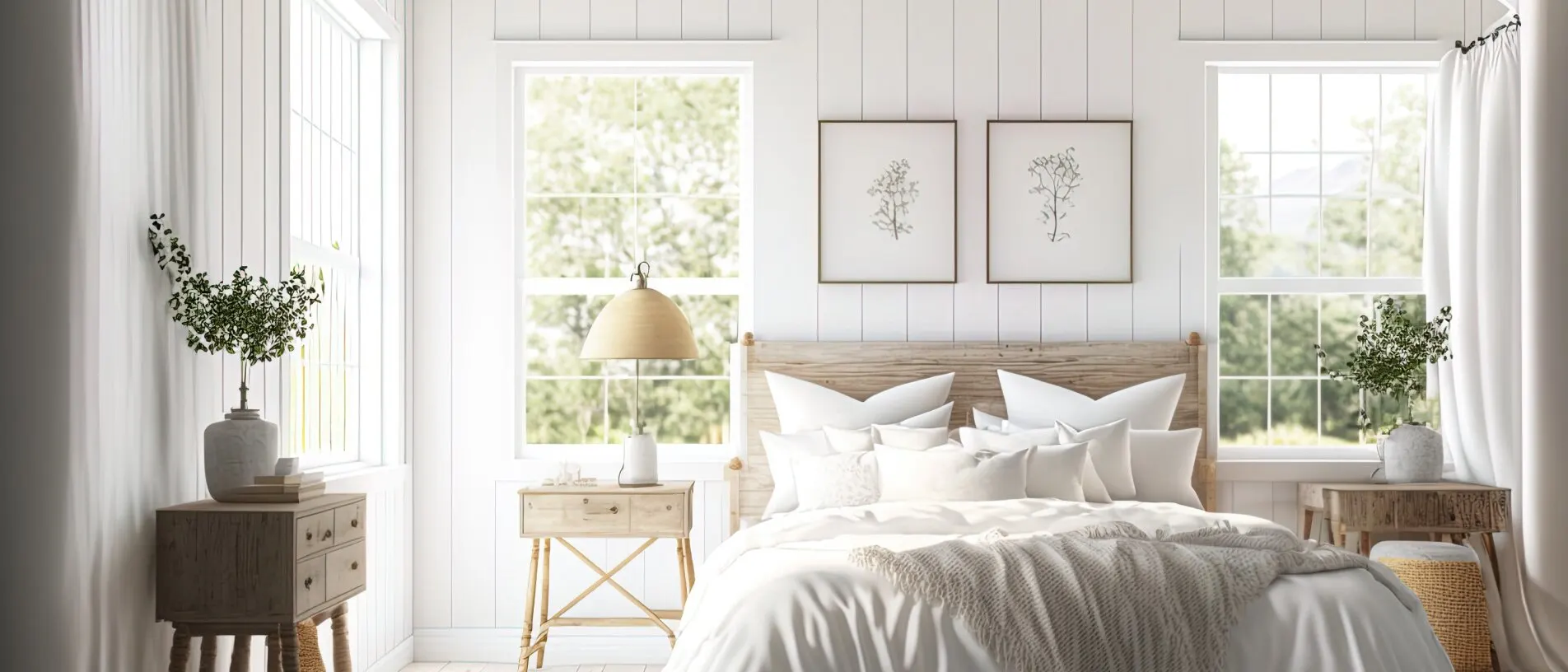You're on the list
By signing up, you agree to receive email marketing.


Buying new furniture is an investment. And just like any good venture, you should know when, how, and how much to invest.
Whether you're eyeing something specific or are browsing to shop by room, timing is everything. By looking in the right place at the right time, you can find high-quality pieces at affordable prices and get a leg up on your home furnishings.
This furniture buying guide will tell you everything about the best times to buy furniture and how to buy furniture. We'll also discuss signs that your furniture needs replacing, how to budget, and tips on making your furniture-buying experience smooth and successful.
There are three scenarios why you should consider replacing your furniture.
Although regular wear and tear is part of any furniture's life cycle, keep an eye out for consistent signs of damage. If you notice that a problem always comes back, it's probably time to replace the piece. Common things to look for include:
Sagging in chairs, sofas, and beds
Stains that have permanently seeped into the material
Broken hinges, joints, or other parts that affect structural integrity
Significant fading or discoloration due to prolonged sun exposure
Odors, such as smoke or pet urine, that linger even after cleaning
Major changes to your life will often mean you'll need new furniture. Typical examples include:
Getting married
Having children
Changing cities
Downsizing to a smaller flat
Upgrading to a larger home
Moving in with family
Interior design themes and the furniture that populates them are constantly evolving. And although you don't need to replace furniture that's no longer in style, it's a good idea if the vibe and atmosphere of your indoor spaces matter.
For example, the minimalist trend of clean lines and neutral colors is giving way to richer, more textured interiors known as "maximalism" or “eclectic.” To ensure your home decor stays in vogue, you might consider bringing in bold colors and layered patterns for extra personality and vibrancy.
Creating a furniture budget will narrow your options and ensure you don't get overzealous with your spending. Keep these tips in mind when budgeting your furniture purchases.
Although we understand the temptation to replace everything, focus on the pieces you need instead of the ones you want. The more specific you are about your needs, the easier it is to stay within budget.
There's no specific figure of how much you should spend, and budgets vary depending on how many rooms you're furnishing and your style preferences. But as a general rule, set aside 10% to 15% of your home's value when buying furniture.
For example, if you're living in a $300,000 home, you can expect to pay between $30,000 and $45,000 to furnish your house.
Depending on what you need, certain times of the year offer the best deals, discounts, and opportunities to buy furniture.
Stores like to hold big furniture sales on holiday weekends, making these prime furniture-buying days and some of the best times to buy mattresses. You'll find the biggest sales on:
Presidents' Day (Third Monday in February)
Memorial Day (Last Monday in May
Fourth of July (July 4)
Labor Day (First Monday in September)
Black Friday (Day after Thanksgiving, the fourth Thursday in November)
Cyber Monday (Monday after Thanksgiving)
Shop salesLate February to early April is when new furniture styles arrive, which means retailers will clear out last season's models at reduced prices. You'll usually find deep discounts on things like sofas, home entertainment sets, and living room and office furniture during these times.
Patio season winds down in the late summer and early fall, making August and September the best times to buy outdoor furniture at a bargain.
Remember these expert tips when buying new furniture:
Regardless of how good your spatial reasoning is, you should still carefully measure a room's dimensions and the furniture you're hoping to fit there before buying anything. This will ensure you don't end up with an awkward layout.
Learn moreResist the temptation to choose the cheapest option! A higher initial cost is an investment in longevity, making it a cost-effective choice over time. So remember to balance between cost and quality when purchasing new pieces.
Current customers will have the most accurate and authentic insights into the quality and durability of different furniture. Reading user reviews is an excellent way to get a realistic sense of the quality you're getting.
Always see if the furniture you want to buy has a warranty, which is usually a good sign. If a piece of furniture has no guarantee, you should steer clear to avoid running into quality issues weeks or months after purchase.
When possible, test furniture in person and make sure it's comfortable. This is especially true for mattresses, sofas, and chairs, where you'll spend a lot of time.
Whether designing a new room or refreshing your home on a budget, new furniture can revitalize a space. From stunning sofas and dining tables that become the new focal point of a room to subtle additions in buffets and accent chairs, the creative options for designing and furnishing a room are limitless. With a little forethought, you can design unique, eye-catching rooms that show your personality and delight your guests.
You're on the list
By signing up, you agree to receive email marketing.